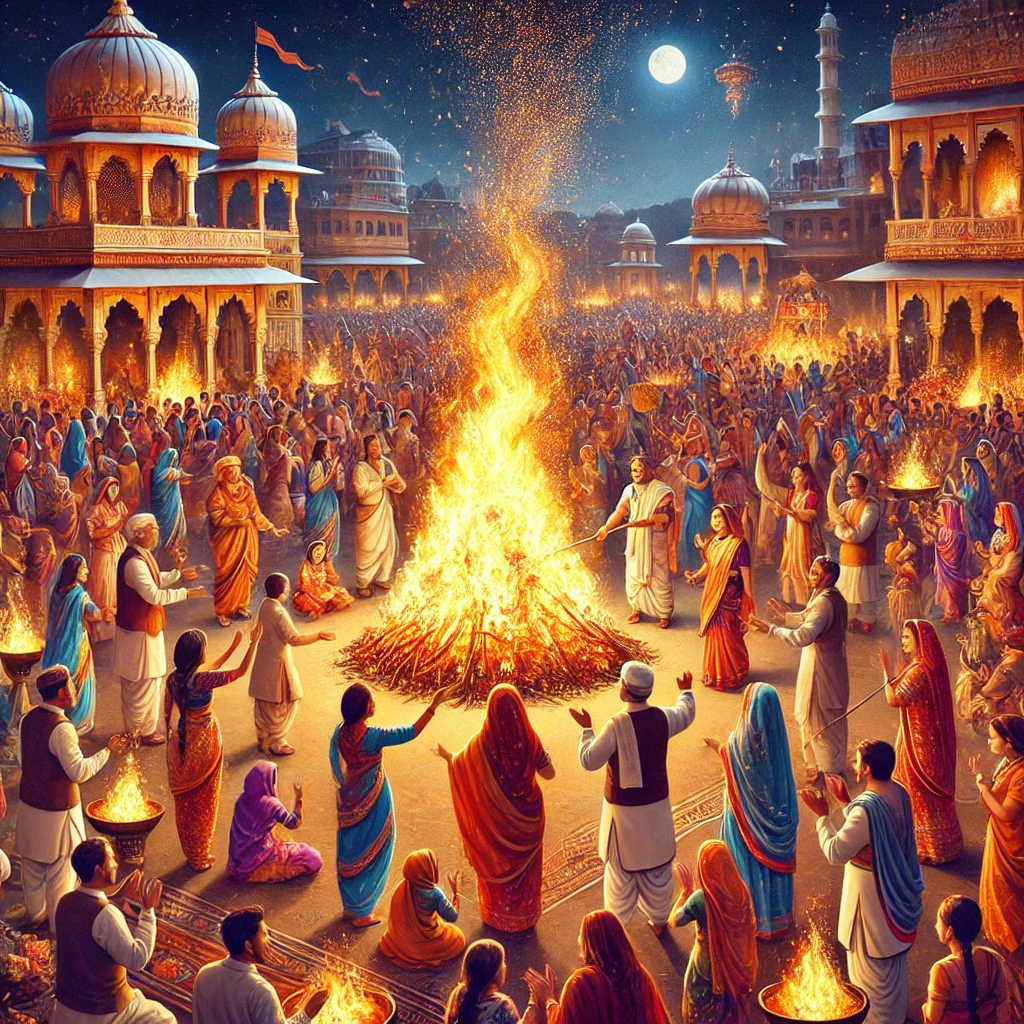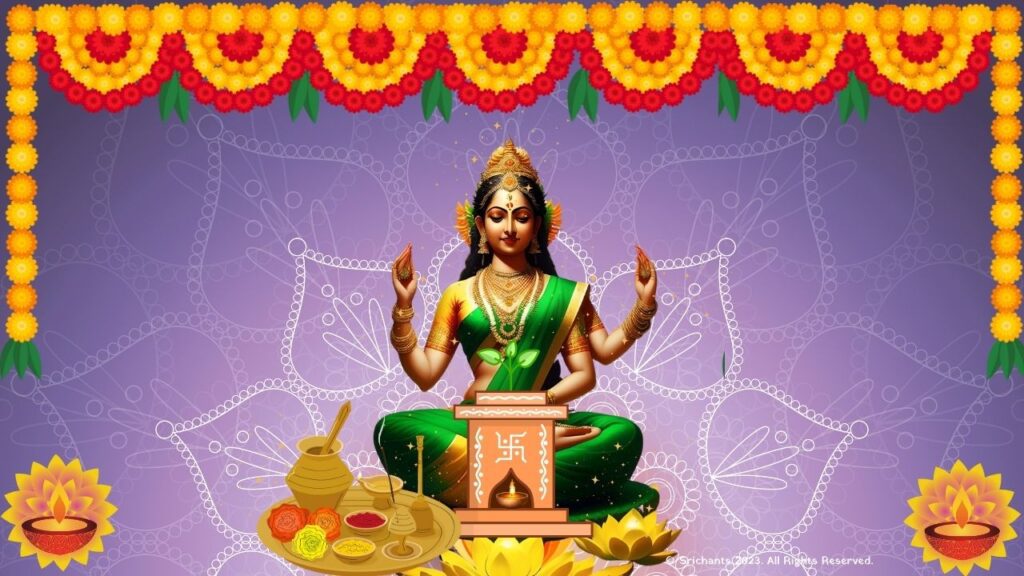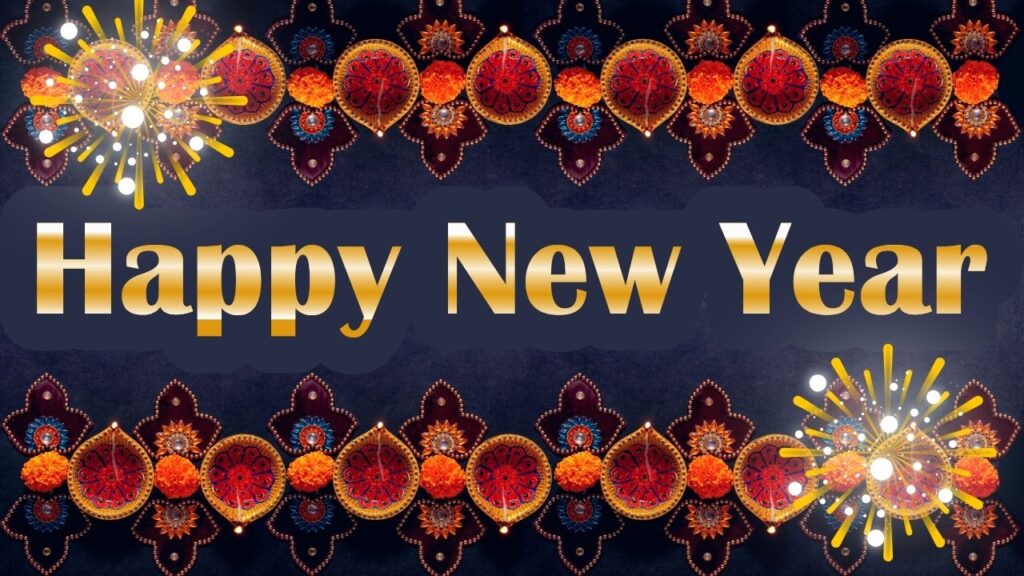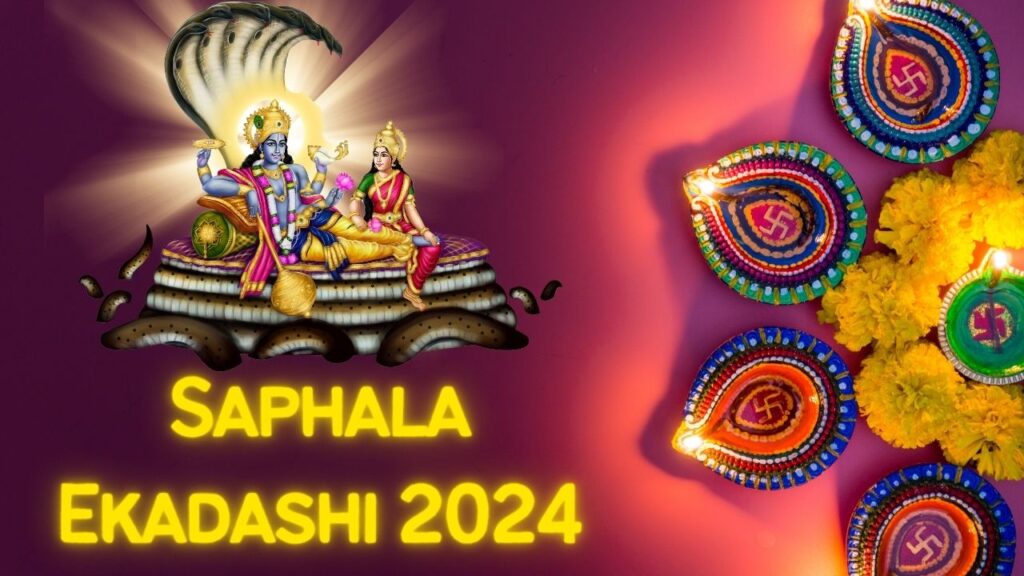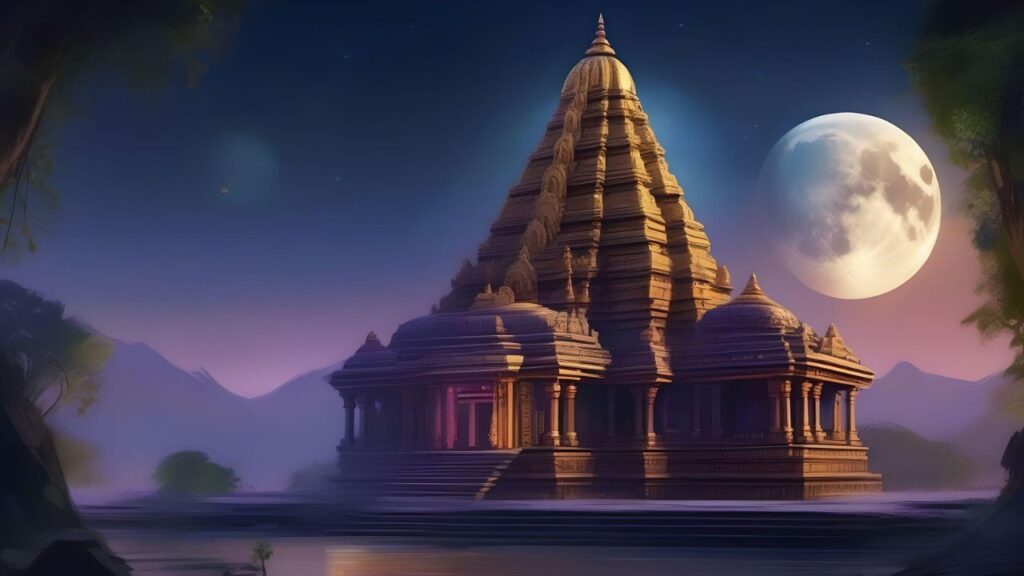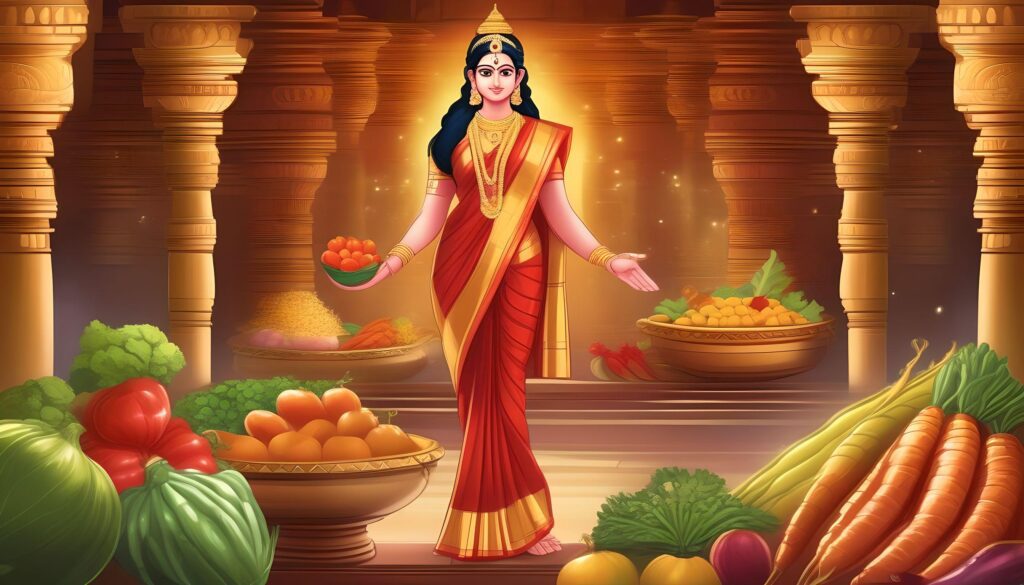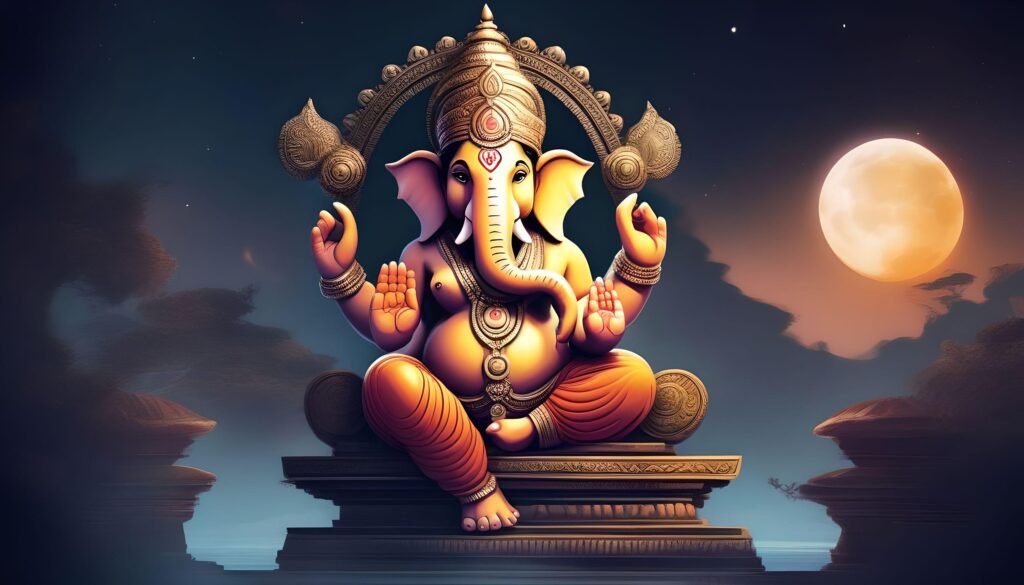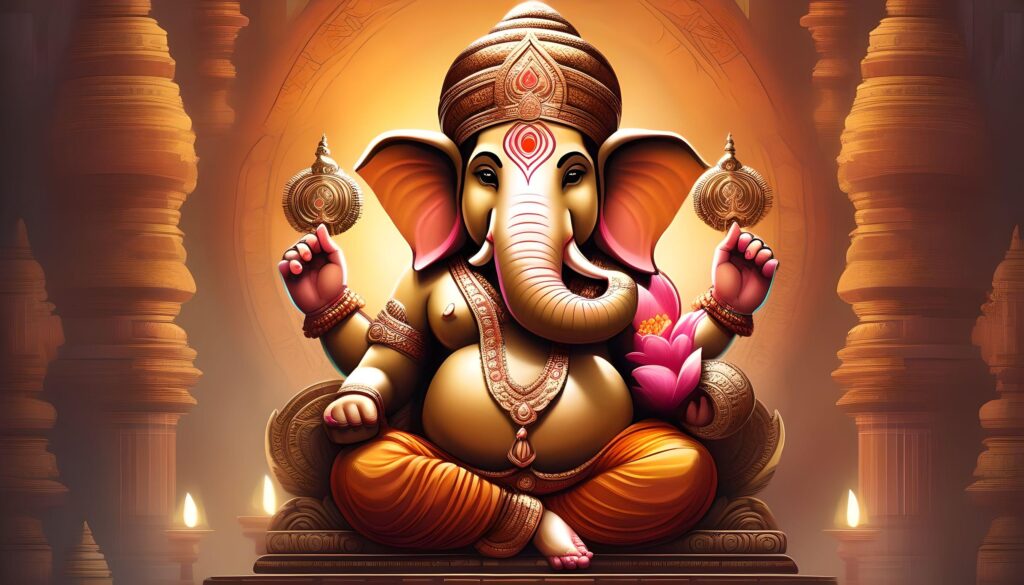Holika Dahan
Introduction
One of the most looked forward events in India is Holi, the festival of colors. Holika Dahan, a holy fire ceremony signifying the triumph of good over evil, starts the festival before the brilliant colors of Holi take over. Deep ingrained in Hindu mythology, this ancient custom is seen with great fervor and dedication all over the nation.
Holika Dahan is an event bringing families and communities together rather than being a custom. Around bonfires, people pray, ask for divine blessings for wealth and happiness. Deep spiritual meaning permeates the holiday, which marks the victory of faith and morality over conceit and violence.
The Mythological Significance of Holika Dahan
Holika Dahan’s roots are in an interesting tale from Hindu mythology. It centers on Prahlad, a youthful, fervent disciple of Lord Vishnu, and his despotic father, King Hiranyakashipu. Blinded by his pride, the monarch wanted everyone to consider him as a god. Prahlad stayed committed to Lord Vishnu nonetheless, and refused to follow.
Furious with his son’s disobedience, Hiranyakashipu looked for means of killing him. Holika, his sister, received a blessing conferring immunity against fire. With an eye toward burning Prahlad alive, she misled him into seated with her in a flaming pyre. But Prahlad stayed uninjured while Holika was turned to ashes by divine grace. Holika Dahan honors this amazing event annually to serve as a reminder that relentless faith always beats out darkness.
Rituals and Traditions of Holika Dahan
Holika Dahan is carried out following particular rites and with great dedication. This is a detailed manual for the holy observance:
1. Gathering Wood and Setting Up the Bonfire
- People start gathering dry wood, cow dung cakes, and other combustible products days before the event.
- Usually, the bonfire is set up in open areas close to temples, in the middle of towns and cities.
- Overlooking the bonfire, an effigy of Holika—made of straw and other combustible materials—symbolizes the eradication of evil.
2. Performing the Puja
- There is a particular puja, or prayer ceremony, before starting the fire.
- Offering turmeric, kumkum, rice, and flowers, devotees honor Lord Vishnu and Prahlad.
- Tucked around the pyre as a safety precaution is a holy thread called moli.
3. Lighting the Fire and Prayers
- According to Hindu Panchang (calendar), the pyre is set ablaze during an auspicious muhurat, or time.
- Devotees pray for protection and wealth by chanting mantras and doing parikrama—circling the fire.
- We toss coconut, wheat, sugarcane, and sesame seeds over the fire.
4. Applying Sacred Ash
- Devotees gather the ashes from the fire early morning.
- Applied to the forehead for protection and blessings, the ash is supposed to have cleansing qualities.
- To guarantee a good crop, farmers also toss the ashes over their fields.

Why Holika Dahan is Celebrated: Spiritual and Cultural Importance
1. Victory of Good Over Evil
Holika Dahan reminds us that righteousness and loyalty will always overcome even the most strong form of evil.
2. Burning Negativity and Welcoming Positivity
Offering gifts into the fire is thought to clear negativity and bring wealth. Many also use this time starting fresh and releasing resentment.
3. Protection Against Evil Energies
Considered holy, Holika Dahan’s fire drives out negative energy and demonic spirits.
4. Agricultural Significance
For farmers, the celebration also signals the end of winter and the start of a fresh crop season. This is the time to ask for a plentiful crop and decent rain.
Regional Variations of Holika Dahan in India
Although Holika Dahan is celebrated across India, different states and regions have their own unique customs and traditions:
- North India: Large bonfires are set up in cities like Delhi, Varanasi, and Mathura. People sing bhajans, chant mantras, and celebrate with great enthusiasm.
- Maharashtra: Women perform special prayers for the well-being of their families and offer a mix of dry coconut, sugar, and wheat to the fire.
- West Bengal: The festival is known as Dol Purnima, and devotees worship Lord Krishna while celebrating with colors and cultural performances.
- South India: Devotees worship Lord Shiva and Kamadeva, the god of love, during the fire ceremony.
Eco-Friendly Holika Dahan: A Need for Change
In recent times, environmental concerns have led to a push for eco-friendly Holika Dahan celebrations. Here’s how we can make the festival sustainable:
- Use cow dung cakes instead of cutting trees.
- Opt for smaller bonfires to reduce pollution.
- Encourage community participation to minimize wood consumption.
- Avoid burning plastics and other harmful materials.
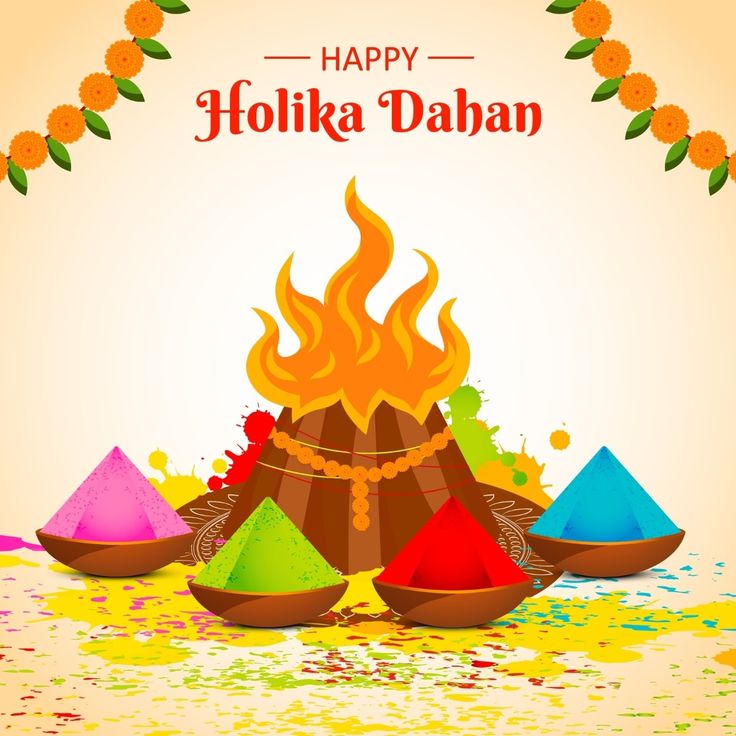
Conclusion
The Holika Dahan celebration imparts morality, faith, and loyalty as well as the strength of virtue. This is a time for us as a community to celebrate customs, gather, and welcome fresh starts. Burning Holika marks the release of evil forces, thereby allowing happiness, peace, and wealth.
Let’s keep in mind the timeless truth: good will always overcome evil as the flames climb high. May Holika Dahan grant to everyone harmony, health, and enjoyment!
Wishing you a blessed and joyous Holika Dahan!
